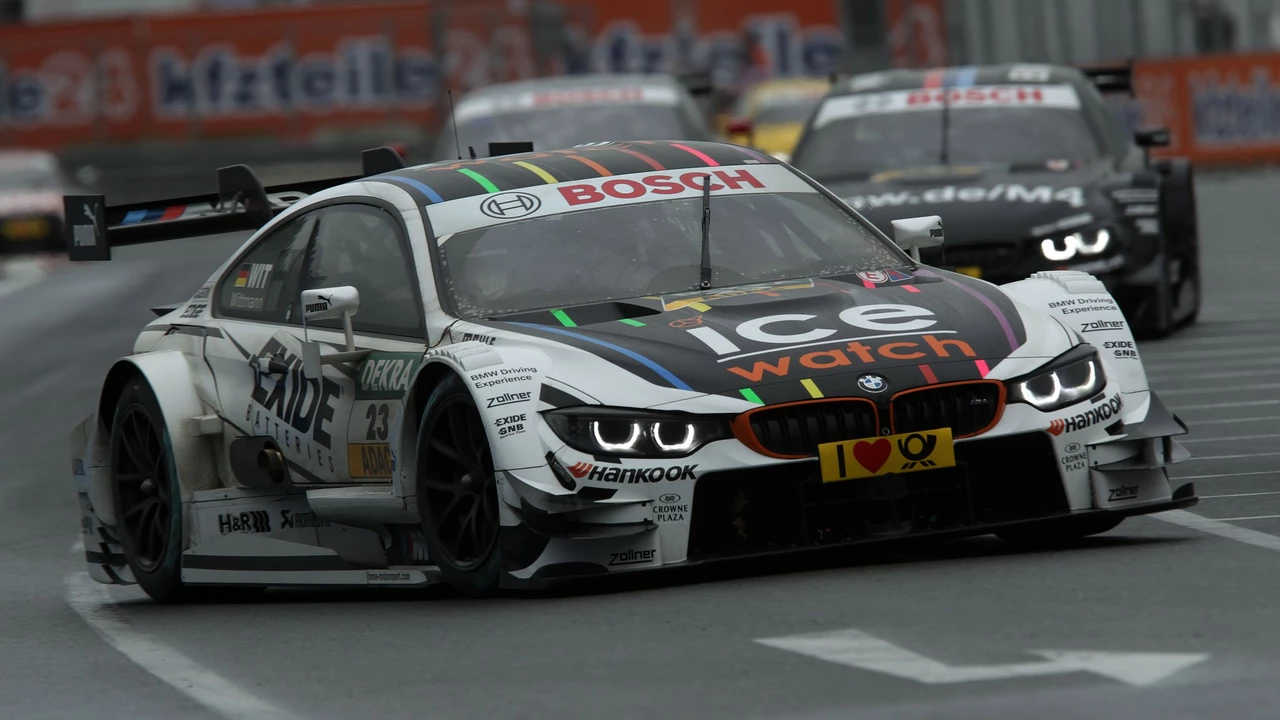Racing Terminology: Your Guide to Motorsports Lingo
When you hear Racing Terminology, the set of words and phrases used to describe the rules, actions, and equipment in auto and motorcycle racing. Also known as motorsport jargon, it helps fans and participants speak the same language on track and off. Understanding this lingo lets you follow a race broadcast without missing a beat. Racing terminology is the backbone of every discussion you’ll find on the page.
Why does the lingo matter? Every major series has its own dictionary. Take Formula 1, the top‑level open‑wheel racing series governed by the FIA – terms like "pole position", "DRS" and "pit window" describe precise actions that can change a race outcome. NASCAR fans talk about "stage points" and "restrictor plates", while rally crews use "pace notes" to navigate blind corners. Knowing these words lets you compare how a "lap time" means something slightly different in each discipline.
Licensing language is another chunk of the puzzle. The FIA International Competition License, a credential that lets drivers compete in global FIA‑sanctioned events after meeting experience requirements comes with terms like "grade A" or "grade B" that define what series you can enter. National licenses, experience points, and medical checks all have specific names. When a driver upgrades from a national to an international license, the paperwork itself becomes part of the sport’s vocabulary.
Then there’s the culture of drifting, a motorsport where drivers intentionally over‑steer to slide through corners while maintaining control. Drifters throw around words like "clutch kick", "brake‑torque" and "counter‑steer" to explain how they keep the car sideways. Fans pick up on phrases like "burnout" and "slide angle" as quickly as they learn a new track name. This slang shows how a sub‑discipline can create its own mini‑dictionary within the larger racing terminology.
Equipment jargon adds another layer. Ever wondered why F1 drivers wear fire‑resistant shoes or why a BMW M5 badge carries an "M"? The "M" stands for Motorsport, BMW’s high‑performance division that builds race‑derived road cars. Terms like "carbon‑fiber monocoque" or "sequential gearbox" pop up whenever engineers discuss car specs. When a driver mentions a "halo" or a "safety cell", they’re referring to specific protective structures that have become standard safety terms.
Motorcycle racing brings its own set of words. The Isle of Man TT, for instance, features bikes described as "Superbikes", "Superstock" or "Sidecars". Riders talk about "lap record", "lean angle" and "cornering speed" to convey performance. These terms cross over to car racing, but often carry subtle differences – a "lean angle" on a bike means something a car driver never worries about. Understanding both sides of the two‑wheel and four‑wheel worlds rounds out the full picture of racing terminology.
Even the debate over whether motorsports should be an Olympic event adds vocabulary like "sport inclusion", "IOC criteria" and "global viewership". Proponents argue that words such as "skill", "speed" and "technology" align perfectly with Olympic values, while opponents cite "accessibility" and "environmental impact". This discussion shows how terminology can shape big‑picture opinions about the sport’s future.
Finally, topics about drivers as athletes introduce fitness jargon – "core strength", "reaction time" and "endurance training" – that blend sports science with racing lingo. When a driver says they’re doing "neck exercises" or measuring their "g‑force tolerance", they’re using terms that link traditional athletic training to the unique demands of high‑speed competition.
What you’ll find next
Below you’ll see a carefully curated mix of articles that dive deeper into each of these areas. From breakdowns of specific series terminology to how licensing works, from drifting slang to the equipment language that keeps drivers safe, the posts give you the practical insight you need to talk the talk and understand the sport like a true fan.
- July 11, 2023
- Comments 0
- Motorsports History
